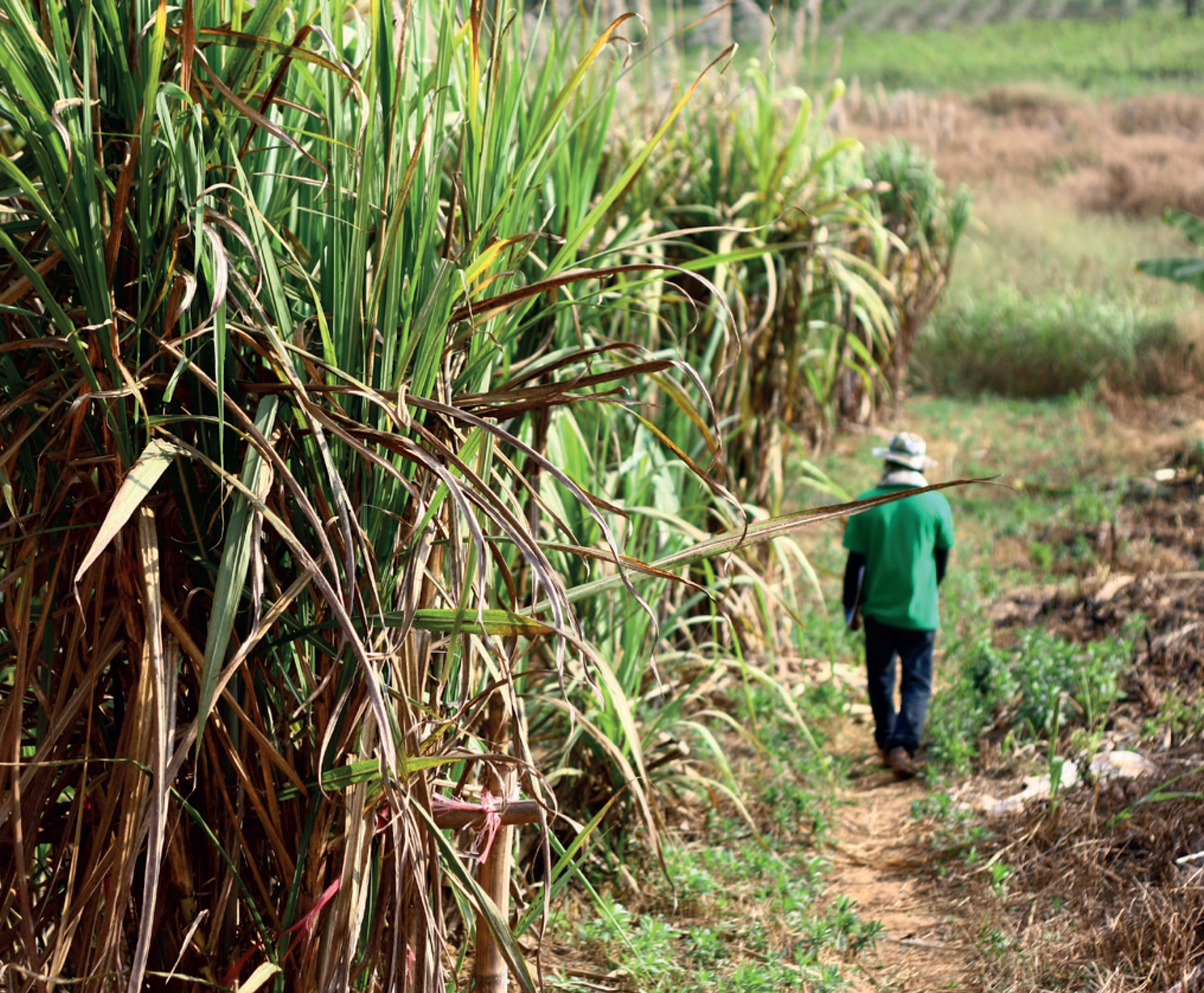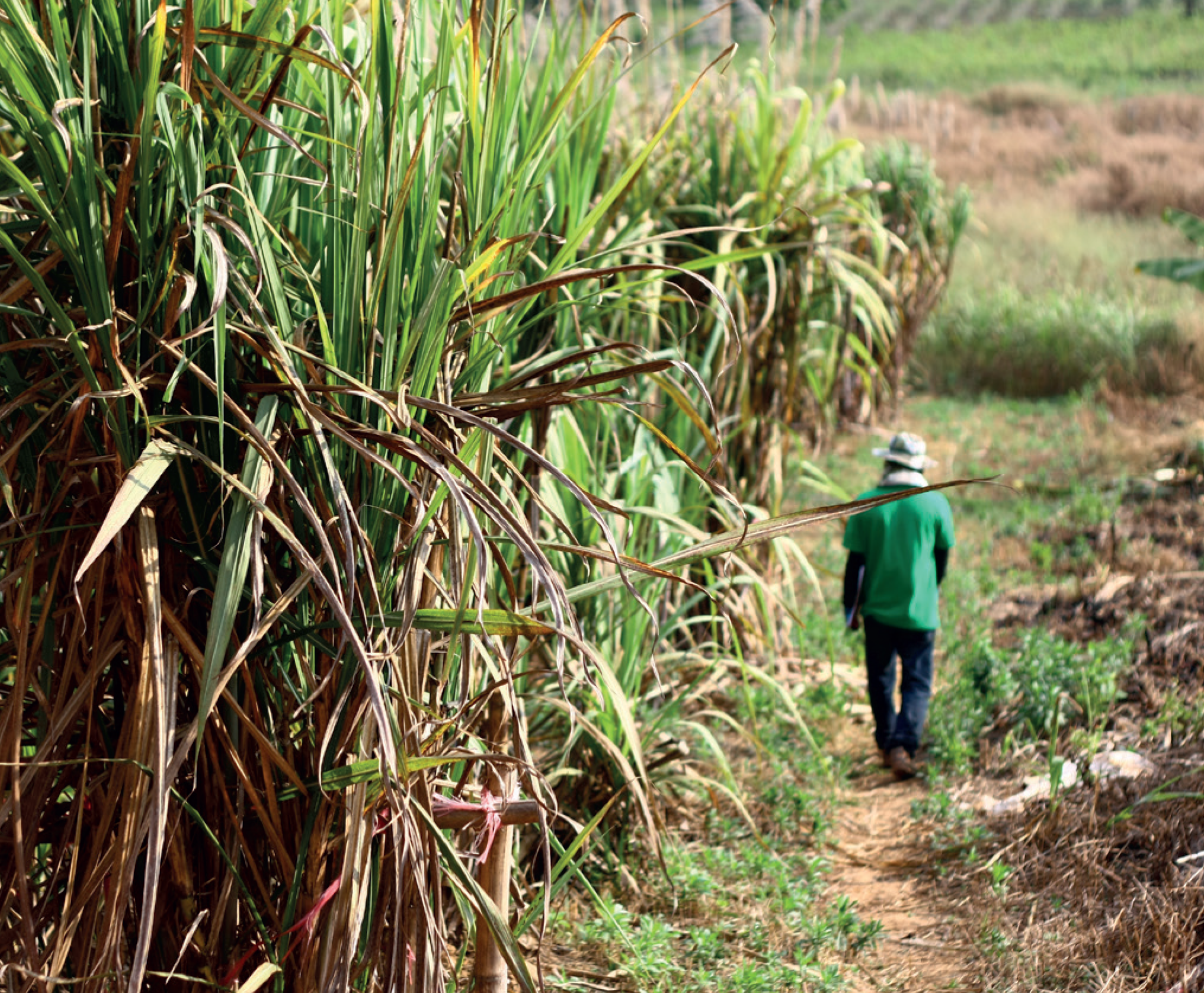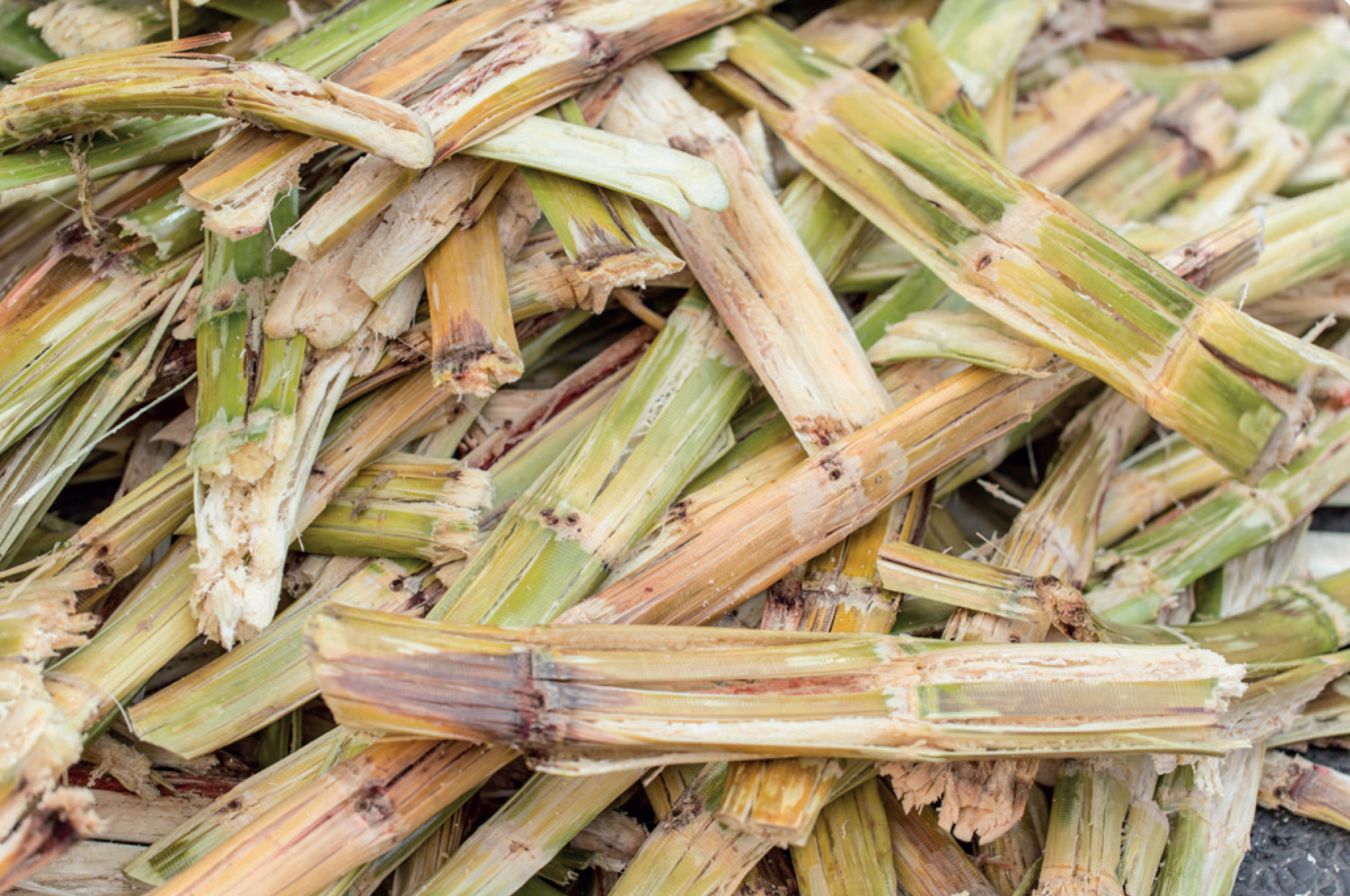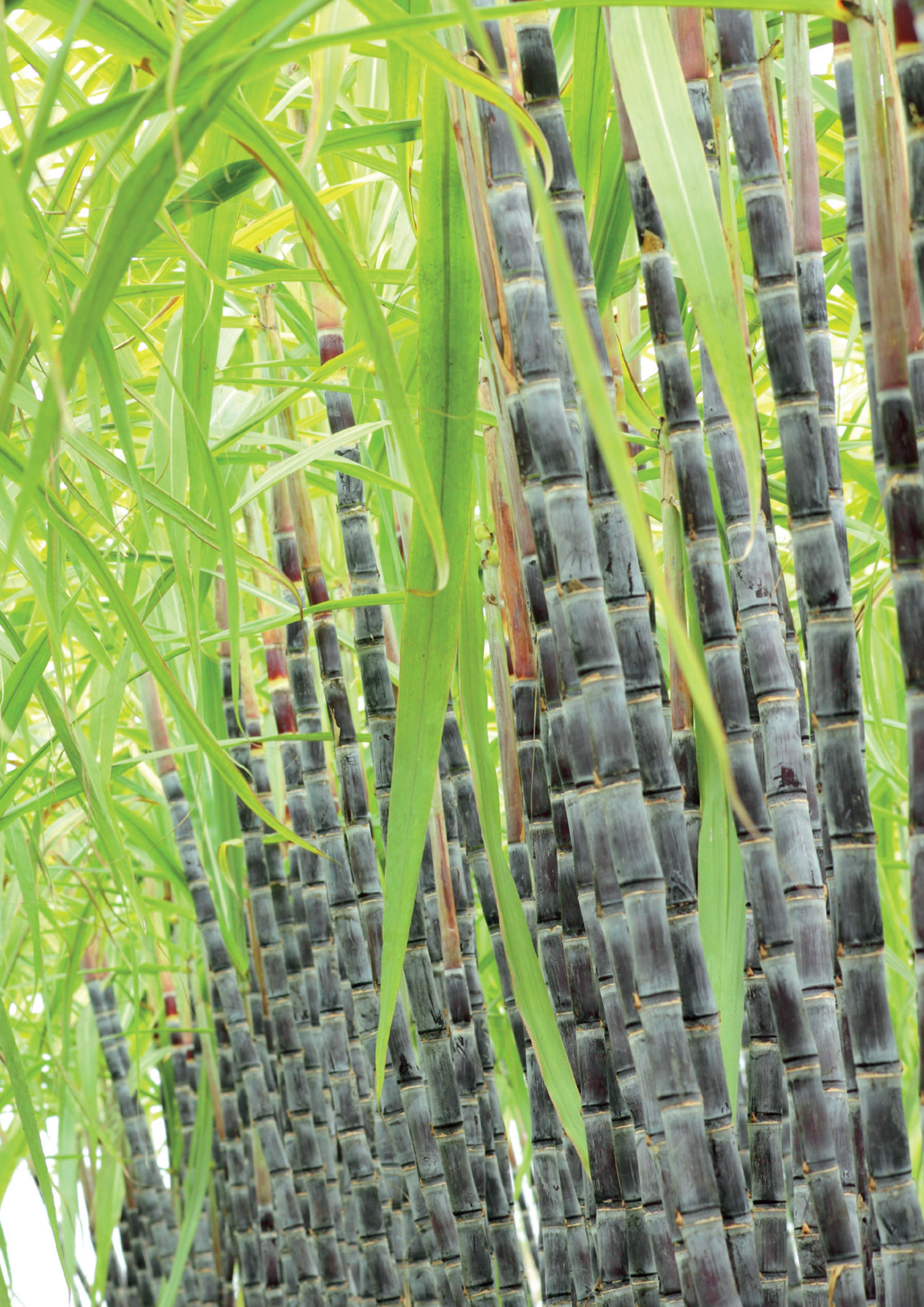Nature’s Sweetest Solution to be One of The Best Eco-Friendly Alternatives to Plastic
A look at the plant behind your favorite lights.


At Gantri, we talk a lot about our lights being made from plants but you might wonder: what kind of plants? Lucky for you, this Earth Month we’re answering your questions and giving you all the sweet details about the sugar cane eco-friendly alternative to plastic that helps us create your favorite products.
Why sugar cane products as an alternative to plastic?
While it may seem strange to produce products from sugar, mankind has a long history of turning to nature to create the things we need. Think: cotton to clothing or trees to paper. Sugar cane is a great choice to create alternatives to plastic because of its regenerative nature, generous starch content and high-yield. It’s also GMO free, making it an even cleaner choice than other starches like corn. Bonus points? Sugar cane-based PLA can be recycled at the end of its life cycle. It is one of the definite eco-friendly alternatives to plastic.

Where does our sugar cane come from?
So where does our sugar cane come from? Gantri works with our partners at ColorFabb to source sugar cane from farms in Thailand that generate our proprietary Gantri Plant Polymers. These regions have excellent conditions for growing the crop and produce the highest yield possible. Sugar cane is a multiyear crop so most farms are able to use the same plant on the land for multiple years in a row.
How do we convert sugar cane into an alternative to plastic?
Raw sugar cane is ground to create simple sugar. The simple sugar then goes through a fermentation process to produce lactic acid. The lactic acid is dehydrated and converted into spools of PLA (Poly Lactic Acid) filament we use to 3D-print our lights. For more on our process for this eco-friendly alternative to plastic, check out our full materials page.


What’s the environmental impact of the sugar cane by-product process?
The sugar mill reduces waste by running on renewable energy created from the sugar cane itself. Additionally, during the production of these materials, CO2 is absorbed by the plants at a rate of 1.833 kg CO2 per 1 kg of PLA. Eventually at the end of the product life cycle, the CO2 is released creating a net neutral impact on the environment.
We are proud to produce our products with sustainable materials and as we continue our mission to revolutionize design manufacturing, we’re excited to discover more ways to keep our planet safe through our usage of eco-friendly alternatives to plastic. Happy Earth Month from all of us at Gantri!

